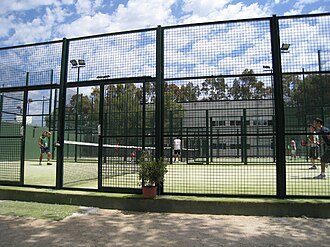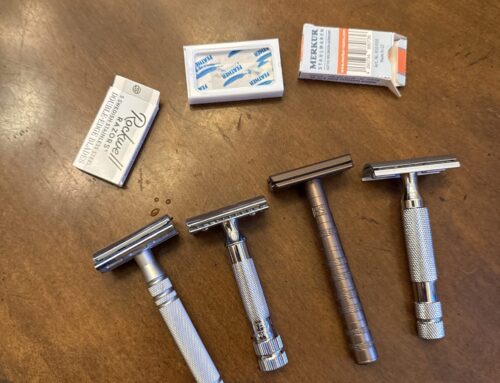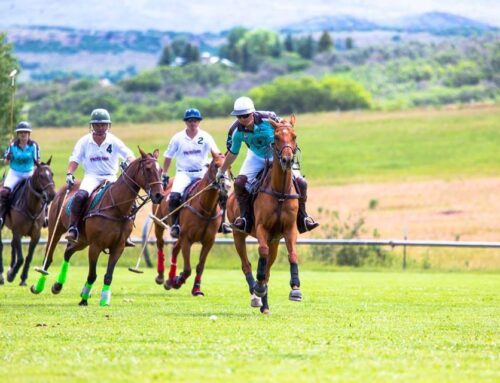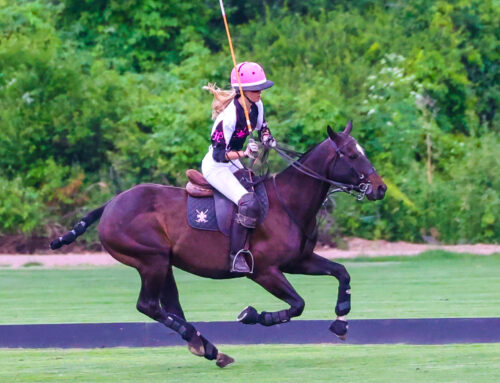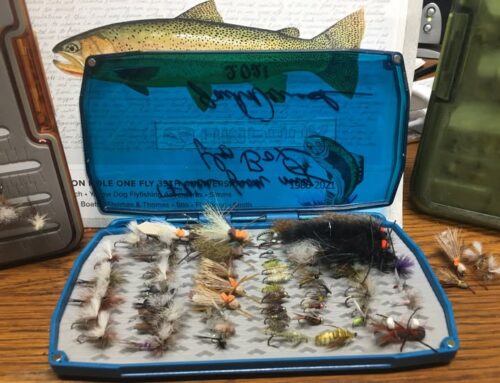From Popsugar
If you like pickleball, you’re going to love playing padel. We know what you’re thinking: first, how do you pronounce it? And second, is padel the same as pickleball? For starters, it’s pronounced PAD-el, not to be confused with its homophone paddle, which is a different sport. And no, padel isn’t the same as pickleball — but it’s just as fun.
Padel is the fastest-growing racket sport in the world, while pickleball is “only” the fastest-growing sport in the United States, says Julian Wortelboer, executive VP and chief padel officer of Ultra Club Miami, the largest padel club in the world, and co-host of the Padel Smash Academy podcast with Cesar Caceres. Wortelboer’s Ultra Club Miami has 28 courts, and Wortelboer says the club is at capacity for its full operating hours – 7 a.m. to 11 p.m.– more days than not. Padel will be an invitational sport in the Paris Olympics, and a full Olympic sport for the 2028 Olympics held in Los Angeles.
In other words, padel is a big deal, and it’s only getting bigger. Want to get in on the fun? In addition to Wortelboer, PS tapped padel pros Scott Colebourne, of the United States Padel Association and Victor Perez, one of the top ten padel coaches worldwide, for a padel primer, including how to play padel, tips for beginners, and a break down of padel vs. pickleball.
What Is Padel, Exactly?
“Padel is a form of tennis that is easy to play, fun and extremely sociable,” says Perez. Colebourne describes padel as a blend of tennis and squash that involve lots of strategic, fast-paced play. “Padel is typically played in doubles on an enclosed court that’s roughly 25% smaller than a tennis court,” he says, and balls can be played off the court’s walls in a similar way to squash.
Where Did Padel Begin?
Padel has a fascinating origin story. The sport began in Mexico in 1969, says Colebourne, when Enrique Corcuera set up the first court in the backyard of his summer house. According to Wortelboer, Corcuera had limited backyard space, so he created a smaller-sized tennis court, enclosed on either side by the walls of his neighbor’s houses, and started playing a version of tennis that allowed playing the ball off the walls.
When he shared the game with two of his high-society friends from Spain and Argentina, they loved it, and quickly brought it home to their respective countries, says Wortelboer. The sport exploded in Argentina and Spain in the early 1980s, and spread to global popularity from there. According to Wortelboer, major growth happened in 2018 and 2019, and now there are 30 million padel players worldwide. Spain is currently hosting the Seniors World Padel Championships, with over 35 countries participating.
How to Play Padel
Padel is played on a court with enclosed walls 20 meters (about 66 feet) long and 10 meters (about 33 feet) wide, which is larger than a squash court, but smaller than a tennis court. The court is completely enclosed by walls, typically made of concrete, glass, or wire mesh, and a net similar to a tennis net divides the court in half, says Perez. Court surfaces vary, but common materials include artificial grass, carpet, or concrete.
Padel is always played in doubles, and uses the same scoring system as tennis, says Wortelboer. Games are typically played to six points and need to be won by two points, says Perez. Like tennis, players serve into the opposite box, with the ball required to bounce once on the floor and a key rule is that the serve must be underhand, says Colebourne. The ball can only bounce on the ground once, says Perez, but it can bounce on the walls more than once. Once the ball is in play, you can play it off the ground or wall.
What Gear Do You Need to Play Padel?
Like tennis, you’ll need the basics: balls and rackets. Padel balls are slightly smaller than tennis balls, and less pressurized, which results in a slower bounce, says Perez. Padel rackets are like tennis rackets but smaller, with a perforated face instead of strings, and a shorter handle for better two-handled play.
Perez also recommends padel shoes, which offer the best traction on the specific court surface, but says that tennis shoes can work in a pinch. And of course, comfortable athletic clothing that you can break a sweat in.
Benefits of Padel
According to Wortelboer, padel can give you more exercise per minute than other racket sports. “When you play 60 minutes of tennis with two intermediate players, you’re only actually exercising and hitting the ball for about 15-17 minutes, because the rallies are so short,” he says. “In contrast, playing the same amount of padel with the same level of players gives you 43 to 48 minutes of that concentrated exercise.” Padel gives you more exercise in the same amount of time, in part because you’re enclosed in a box, so you aren’t wasting your workout time picking up the ball. Depending on the intensity, says Perez, playing an hour of padel can burn up to 700 calories.
According to Colebourne, padel is also easier to learn than tennis, and offers a great cardiovascular workout, improving agility, reflexes, and muscle tone. One study demonstrated that it can improve fitness and body composition in middle-aged women, and a systematic review has shown its benefits for improving physical fitness and overall health. And since padel is played in doubles, Perez adds that it’s also a great way to socialize with friends and meet new people.
Is Padel the Same as Pickleball?
From a structural standpoint, pickleball uses a perforated plastic ball, similar to a wiffle ball, and composite or wooden paddles without strings, says Colebourne. It’s played on a badminton-size court, with a net that’s slightly lower than a tennis net, and the court is not enclosed by walls that you can play off of. In contrast, padel uses a solid racket, rubber ball, and playing the ball off the walls is a key part of the game, he says. Pickleball can also be played as a singles game, adds Perez, whereas padel must be played with a partner.
In addition to the rules, there are differences in gameplay, too. “Padel requires a lot of focus on the force used and knowing how to control the bounce of the ball off the walls to keep the game dynamic,” says Perez.
Wortelboer puts it succinctly (despite the warning that he might piss off diehard pickleball fans!): “Pickleball is a game; padel is a sport.” For pickleball, you have between six and eight easy shots you need to learn, he says. “In padel there are 39 different shots to master, so it’s a little more complex.”
Wortelboer adds that as padel is traditionally played on texturized fake grass, like turf, it can also be lower-impact and safer on your joints.
Padel Tips for Beginners
“Just get onto the court, start hitting a few balls, and you will fall in love with it,” says Wortelboer. In terms of strategy, Colebourne recommends focusing on control, rather than raw power; learning to play the ball off the wall effectively; working on your footwork; and playing with different partners to improve your all-around game.
Perez echoes the above, and also highly recommends practicing volleys as well as communication with your partner. Most importantly, he says, padel is a social sport, so remember to have fun!
Padel rules:
https://ipadel.co.uk/The-Rules
Pickleball rules:

